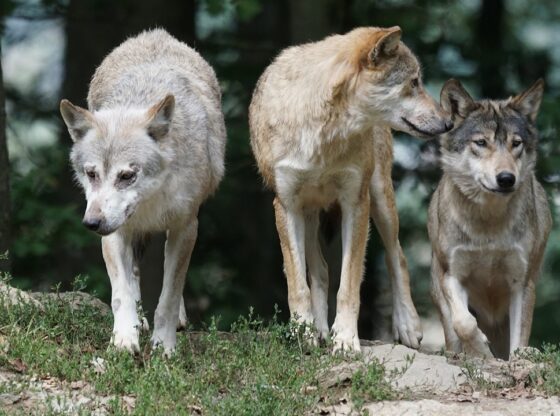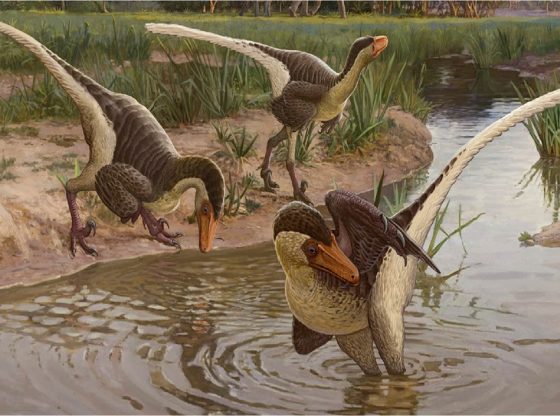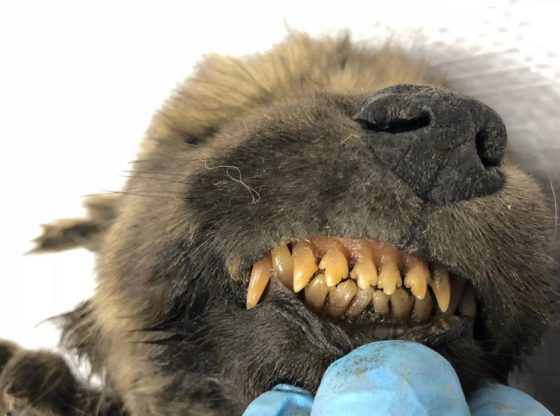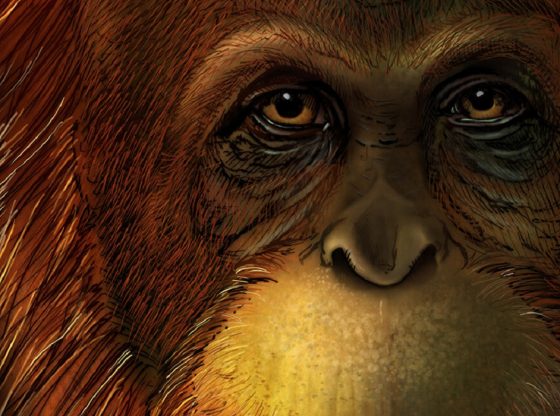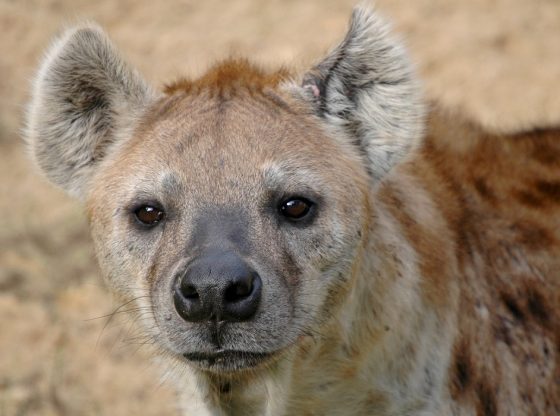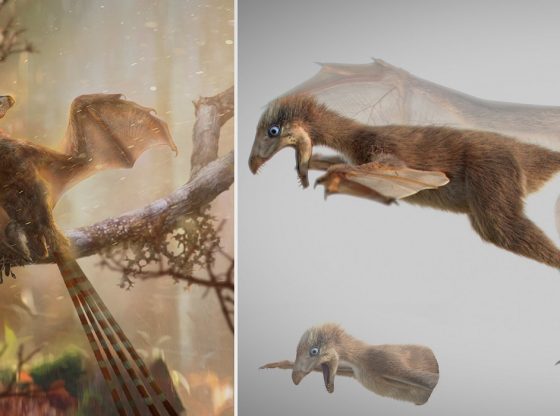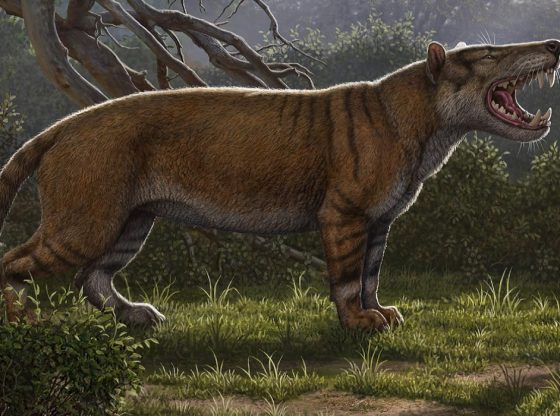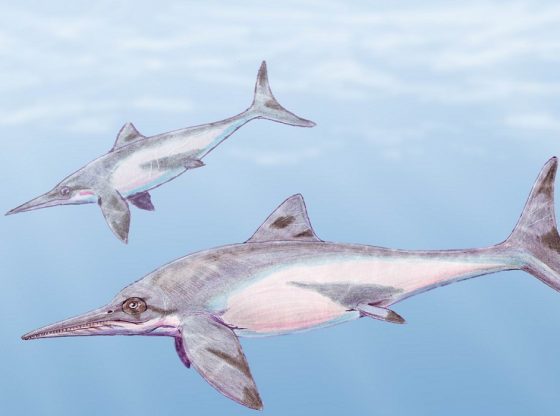Is it a bird, a deer, or something in between?
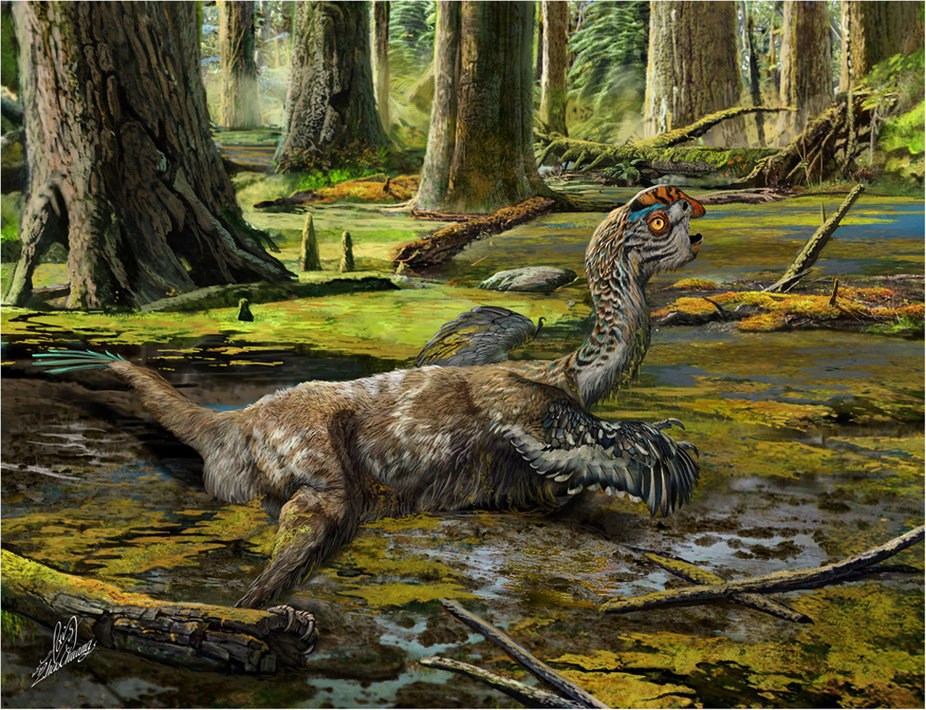
This fantasy-inducing image is a new-to-science dinosaur species.
This particular animal has been nicknamed ‘Mud Dragon’, and its fossil suggests that it fell flat on its stomach with outstretched wings in a muddy swamp some 70 million years ago.
The two-legged creature belongs to a family of feathered dinosaurs called oviraptorosaurs, characterized by the fact that they had a sharp beak instead of teeth, they also had feathers and walked on two legs.
Some oviraptorosaurs appear to have had crests of bone on top of their heads that were probably used to attract mates or perhaps intimidate rivals, a behavior seen in some bird species today.
Scientists have suitably named the new species Tongtianlong limosus, meaning ‘muddy dragon on the road to heaven’. The fossil was found at a construction site near Ganzhou in China.
Fossil discoveries in recent decades suggest that the oviraptorosaur group of dinosaurs was experiencing a population boost during the couple of million years just before the asteroid impact 66 million years ago – which killed off all of the non-bird dinosaurs.
The study documenting the findings has been published in Nature. It was carried out in collaboration between the University of Edinburgh, the Chinese Academy of Geological Sciences and the Dongyang Museum, China
Reference:
Junchang Lu et al. A Late Cretaceous diversification of Asian oviraptorid dinosaurs: evidence from a new species preserved in an unusual posture. Scientific Reports DOI: 10.1038/srep35780

